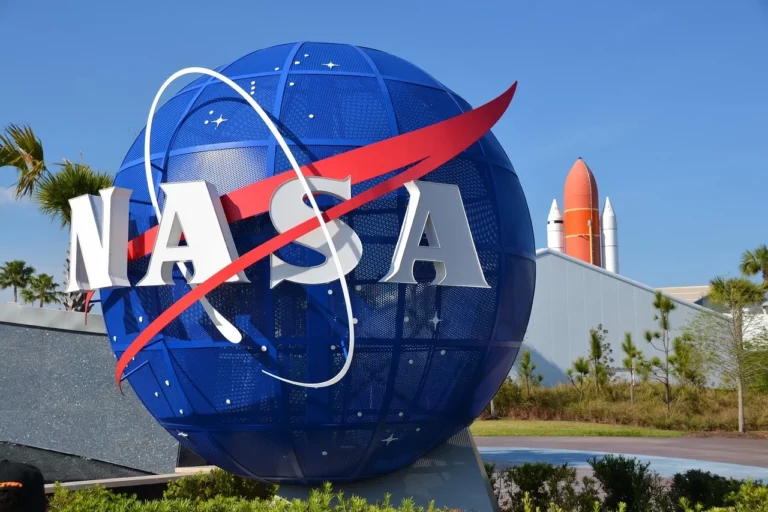Below is a summary of the latest science news.
Annular solar eclipse stares at crowds across the Americas
On Saturday, thousands of people across the United States gazed into the skies to witness a rare phenomenon known as an annular solar eclipse, in which the moon passes in front of the sun, momentarily creating the appearance of a “ring of fire” in the sky. did. “This is one of those things you can’t miss,” said Oscar López, 26, who traveled from Mexico City to the southern Mexican city of Campeche to watch the eclipse. “It’s amazing. We’re really lucky as humans to be able to experience something like this.”
NASA launches probe to explore metal-rich asteroid Psyche
NASA on Friday launched a spacecraft bound for Psyche, the largest of several metal-rich asteroids known in the solar system and which scientists believe is the core of a remnant of an ancient protoplanet. Launched from Florida, it provided clues about Earth’s formation. The Psyche spacecraft folded into the cargo compartment of SpaceX’s Falcon Heavy rocket and began its planned journey of 2.2 billion miles (3.5 billion km) into space under cloudy skies from NASA’s Kennedy Space Center at Cape Canaveral. I left. The spacecraft, about the size of a small van, is scheduled to arrive at the asteroid in August 2029.
Explainer – What you need to know about Saturday’s ‘Ring of Fire’ solar eclipse
Weather permitting, millions of people across the Americas will be able to witness the astronomical delight of Saturday’s solar eclipse, which will see the moon pass in front of the sun. The eclipse will be visible along a path that covers parts of the United States, Mexico, and several countries in Central and South America.
(Information provided by the agency.)
